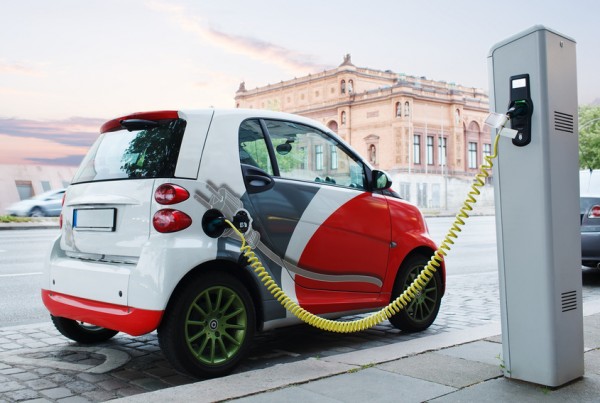Whatever happened to all the E-Mobility hype
08/09/2013
The development of components for electrically driven or electrically assisted vehicles has become much more visible in recent years. Are we now caught up in the great leap forward which will culminate in annual production of one million electric vehicles in Germany by the year 2020?
Yes and no! Ongoing developments have shown that the Li-Ion battery is the essential bottleneck for competitive electric vehicles and will remain so for at least another five years. The cost of this battery type will never fall to a level enabling a TCO (total cost of ownership) lower than that of existing combustion engines. Whereas the variable costs of electric vehicles are usually much lower than those of ICE (internal combustion engine) vehicles, we find a huge gap between initial upfront costs. Consequently the design of future electrified vehicle is being modified accordingly.Less battery and more ICE is the consequence. Having initially predicted a substitution of ICE vehicles by purely electrically driven vehicles, today we have to face the fact that this approach does not work. Purely electrically driven vehicles have become so expensive that vehicles with a range of some 400 km would simply be unaffordable. Purely electric vehicles with small batteries can only be marketed for use in urban areas in short distance operation. Thus the market is divided into two segments: Purely electrically driven vehicles for urban areas and vehicles operated electrically and by ICE. Various designs offer the possibility of hybrid operation. Key customer objectives are usability and cost. The technical design is relevant only in so far as it affects these two key factors.The fact that most if not all vehicles of this type are more expensive than ICE vehicles has an overriding influence on the purchasing decision. Even if there is a strong fundamental preference for an alternative propulsion vehicle, any willingness to pay more is limited. Only a small fraction of potential purchasers will attach so much weight to the environmental advantages of such a vehicle that they see the huge cost surplus as justified.Consequently, the production figures for purely electrically driven vehicles will remain low for a period of time while hybrid vehicles will be chosen according to the purchaser’s individual requirements. The lifetime distance traveled (at reduced operating cost) must be high to recoup the higher initial cost. Industrial investors require a maximum of two or three years for full amortization. This typically requires an annual distance traveled of at least 50,000 km.Hybrids that cannot be recharged at power sockets offer fewer advantages to offset higher initial cost. They will only gain a market share if their cost decreases. This might happen if future stop-start technology develops so far as to permit the production of affordable micro/mild-hybrid vehicles, which would already generate significantly reduced emissions. Technologies such as boosting, recuperation, “sailing”, 48 volt power supply, improved lead acid batteries combined with double-layer capacitors contribute to this target. This additionally enables an increased use of auxiliaries electrically driven with further increased system efficiency. Schlegel and Partners assumes that worldwide approximately 50% of all new passenger vehicles will utilize stop-start systems in different stages of these technologies. Thus a 15% CO2reduction can be achieved compared to conventional vehicles. The cumulative effect of sophisticated stop-start technologies over all vehicles produced would lead to a greater reduction of CO2emissions than all the other innovative propulsion technologies together.Alternative solutions are plug-in hybrids and range-extended electric vehicles offering the possibility of recharging batteries externally at power sockets .Both types of drivetrain can run purely electrically but also with ICE assistance if the electric range is exceeded.After 2020 we will get to know new types of batteries with improved properties. In particular, an increase of specific electric capacity in line with a significant cost reduction is the current research objective. Only at that point will we be able to recognize whether battery-electric vehicles will persist against electric fuel-cell vehicles or ICE vehicles burning regenerative gaseous or liquid fuels.Up to 2020 and beyond the number of vehicles requiring an internal combustion engine will continue to grow. In parallel, the share of vehicles utilizing an electric propulsion contribution will also increase. Technical advances in drivetrain development will continue long into the future. We shall most probably see different drivetrain concepts being utilized fordifferent mobility requirements.
Download: SuP E-mobility 2013 EN.pdf, 100857 kB